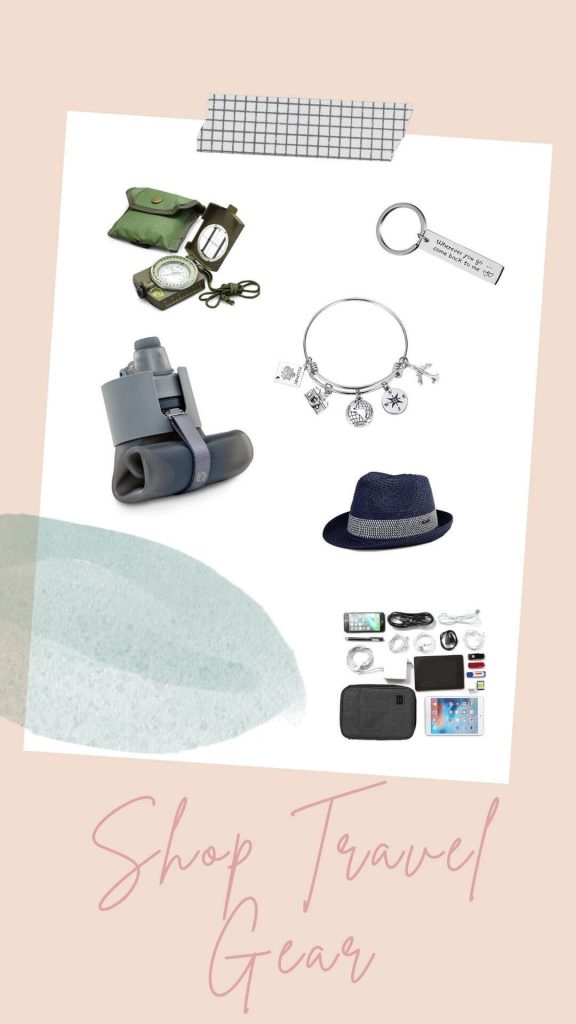[su_dropcap style=”simple” size=”5″]T[/su_dropcap]his lavender-scented soap is gentle on your hands and is suitable for bathroom and kitchen use. Making soap at home is a satisfying, inexpensive way to provide for your family’s needs or create wonderful gifts for your friends. You can make soap using a kit, but making it from scratch enables you to choose your own ingredients and customize the soap to fit your needs.
Ingredients
24 ounces of coconut/olive oil
38 ounces of vegetable shortening
12 ounces sodium hydroxide, or lye. (also called caustic soda)
32 ounces spring or distilled water
4 ounces of your lavender essential oil

Preparing to Make Cold Process Soap
2. Set up your soap-making workspace. It’s easiest to clear a space in the kitchen, since you’ll need to heat the ingredients over the stove. You’ll be working with lye, a dangerous chemical, so make sure children and pets are not underfoot while you work. Spread newspaper over a table and assemble the following equipment, which can be sourced online or from your local craft store:
- Safety goggles and rubber gloves, to protect you from the lye.
- A scale to weigh the ingredients.
- A large stainless steel or enamel kettle. Do not use aluminum, and do not use a pot lined with a non-stick surface.
- A glass or plastic wide-mouth pitcher, to hold the water and lye.
- A two-cup plastic or glass measuring cup.
- Plastic or wooden spoons.
- A stick blender also called an immersion blender. This isn’t absolutely necessary, but it reduces stirring time by about an hour.
- Two glass thermometers that register between 80-100 degrees F. Candy thermometers work well for this purpose.
- Plastic molds that are suitable for cold process soapmaking, or shoe box, or a wooden mold. If you use a shoebox or wooden mold, line it with parchment paper.
- Multiple towels for cleanup.
3. Read up on how to work with lye safely. Before you start the soap-making process, read the safety warnings that came on your box of lye. Keep the following in mind as you handle lye or raw soap, before it has been cured:
- Lye should never touch your skin, as it will burn you.
- Wear safety goggles and glove at all times while handling lye and raw soap.
- Work with lye outside or in a well-ventilated area to avoid breathing in fumes.
Mixing the Ingredients
- Measure 12 ounces of lye.
- Measure 32 ounces of cold water.
- Add the lye to the water.
- Measure the oils.
- Combine the oils.
- Measure the temperature of the lye and oils.
- Add the lye to the oils.
- Add 4 ounces of essential oil once tracing occurs.
Pouring the Soap
- Pour the soap into your mold.
- Cover the mold.
- Check the soap. The soap will go through a gel stage and a heat process during the 24 hours. Uncover the soap and let it sit for another 12 hours, then see what the results are.
Curing the Soap
- Unmold the soap. Turn the box or mold over and allow the soap to fall on a towel or clean surface.
- Cut the soap into bars. You need to use tension to cut soap of this type. You can use a sharp knife, a length of wire with two handles, or heavy nylon string or fishing line.
- Allow the soap to cure. Set the soap on top of parchment paper on a flat surface or a drying rack for two weeks to allow the saponification process to complete and the soap to fully dry. Turn the soap over after two weeks to let it dry on the other side.
- Cure the soap one month. Let the soap sit, exposed to air for at least one month. When the soap has fully cured, use in your home, as you would any store-bought soap, or wrap as a present for your friends. It will keep indefinitely.
Source: Wikihow










